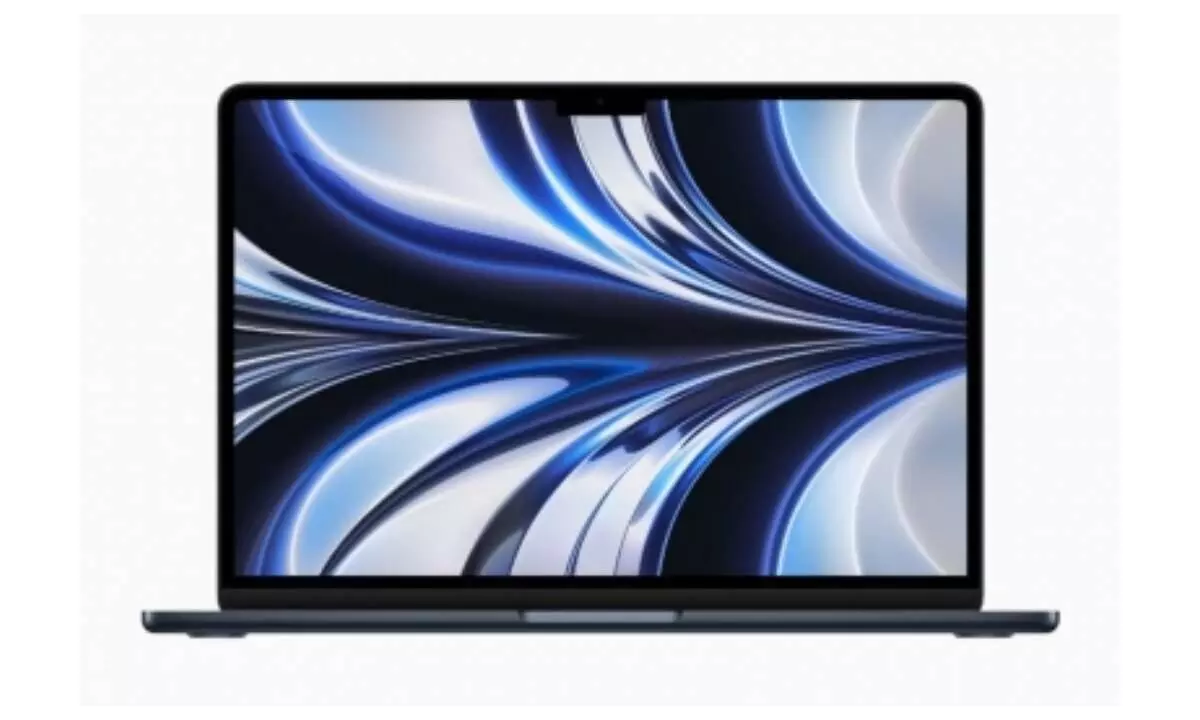iPad Mini May Get OLED Screen First in Apple’s Next Device Update
The iPad Mini may lead Apple’s OLED shift, with new displays, water-resistant design, and higher prices as Mac and iPad lines get refreshed.
image for illustrative purpose

According to insiders, Apple Inc. is planning to give a facelift to its widely sold MacBook Air, iPad mini, and iPad Air models by introducing the new technology of OLED displays. The company has already started testing the prototypes for the new displays which are expected to show more vivid colors and get better contrast in comparison to the existing LCD ones.
The iPad mini has the potential to be the first gadget that gets the technological upgrade, and perhaps the OLED version would be launched as soon as next year, the insiders said, asking for their names to be kept secret as Apple hasn’t disclosed the products yet. This project is part of Apple’s intent, to push customers to upgrade their devices by giving a better screen.
Though sales of both Macs and iPads are estimated to increase in 2023, they will still be far from the heights reached during the biggest sales of 2021 and 2022 when the demand for computers rose to an extent. The price hikes are also anticipated due to the OLED upgrades. The forthcoming iPad mini — code-named J510 — is likely to be priced at $100 higher just because of the state-of-the-art display technology. Apple has also considered a new design for iPad mini that would be water-resistant and aesthetically pleasing, Black & base like a recent iPhone.
Apple has worked on a novel speaker concept that uses vibration technology thus enabling the speaker holes, a potential water-inlet, to be omitted. Unlike iPhones which have speaker openings and rely on gaskets and adhesives for liquid protection, this approach would be different. The iPad mini last got an update in 2024, which included a faster processor and Apple’s AI platform.
Such plans for upgrades are not official and may change, which is quite common during Apple’s product development process. A similar situation was with the 18-inch foldable iPad that Bloomberg reported has been postponed until 2029. A spokesperson from Cupertino chose not to give a statement.
The upcoming iPad Air of the next generation, which is expected to be launched in spring, will still possess an LCD panel, but later on, Apple will replace it with OLED in subsequent models. The iPad Pro, which was updated in May 2024 with the M5 chip, already employs the OLED technology. The iPad Air is likely to be the last device in the lineup to make this change for now, and the company does not have any plans to introduce OLED in the basic iPad segment anytime soon.
In the Mac category, the MacBook Pro is going to be the first of the Apple laptops to get an OLED display with the next redesign. There is also a possibility of an OLED MacBook Air development, which is the company’s top-selling laptop, to be launched in 2028, but that will take longer. The existing MacBook Air, on the other hand, will be powered by the M5 chip and will continue to have an LCD display till spring 2026.
The uptake of OLED in computers is still minimal. The major share of the market is composed of LCD users, while only premium devices like iPad Pro and Samsung Galaxy Tab S11 have OLEDs. Apple rolled out OLED first in the Apple Watch in 2015 and then in iPhone X in 2017. Apple also replaced the iPhone SE with the iPhone 16e this year, thus eliminating its last non-OLED model. Also, the Vision Pro headset has micro-OLED panels.
Apple's adoption of OLED corresponds with the gradual transition of the industry to high-contrast, energy-efficient displays for premium devices, thus consumers are given more reasons to upgrade.

